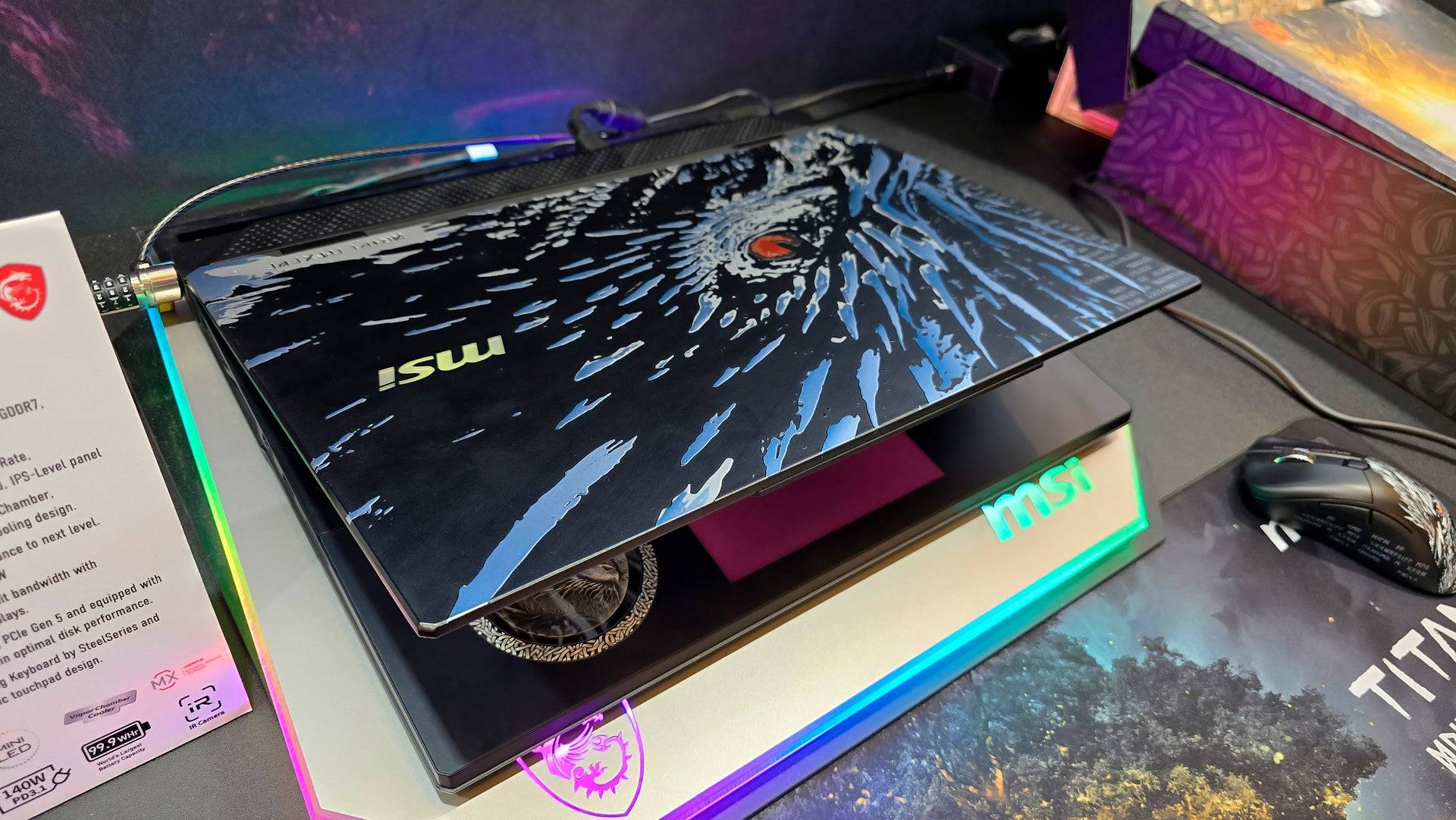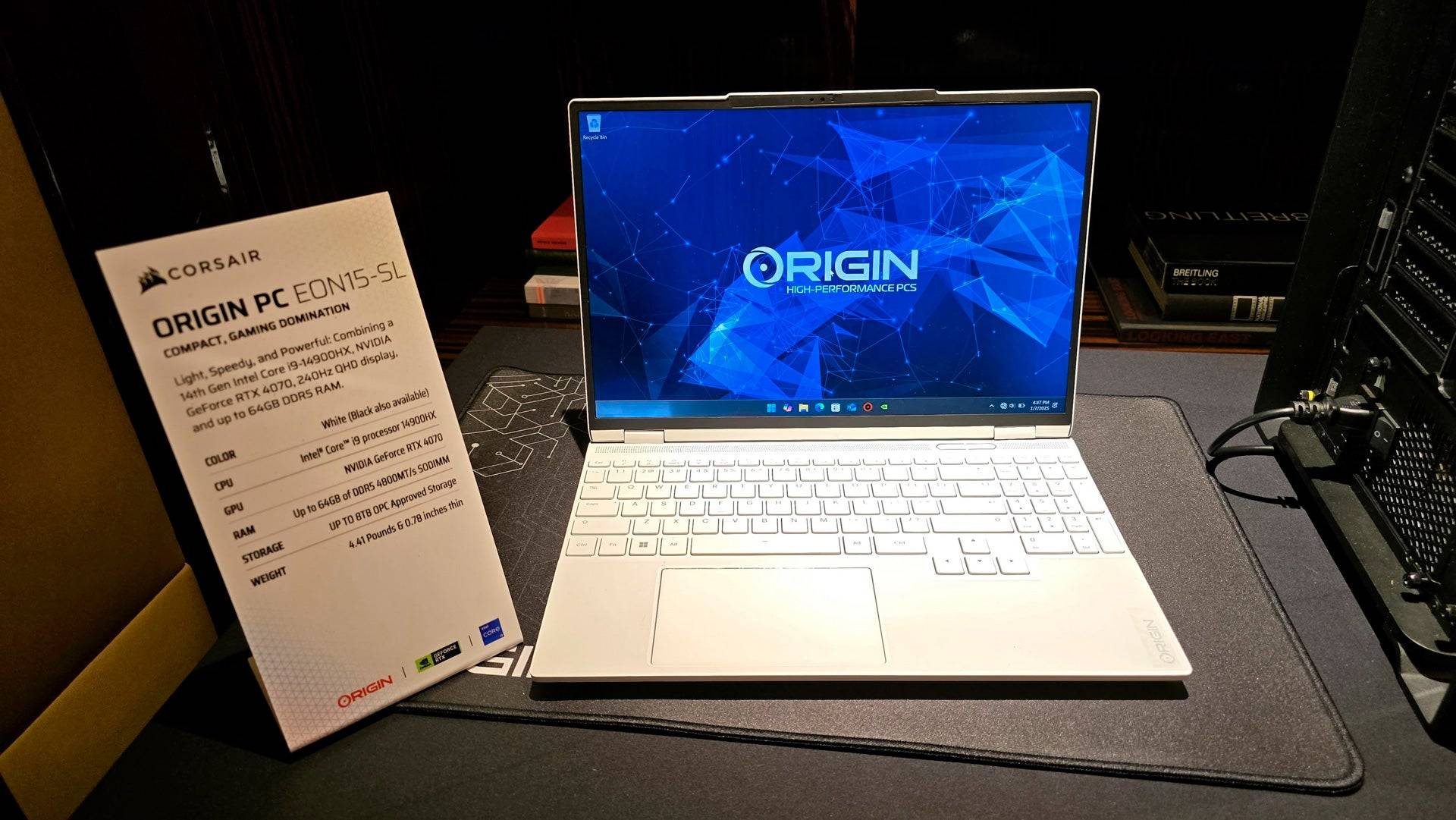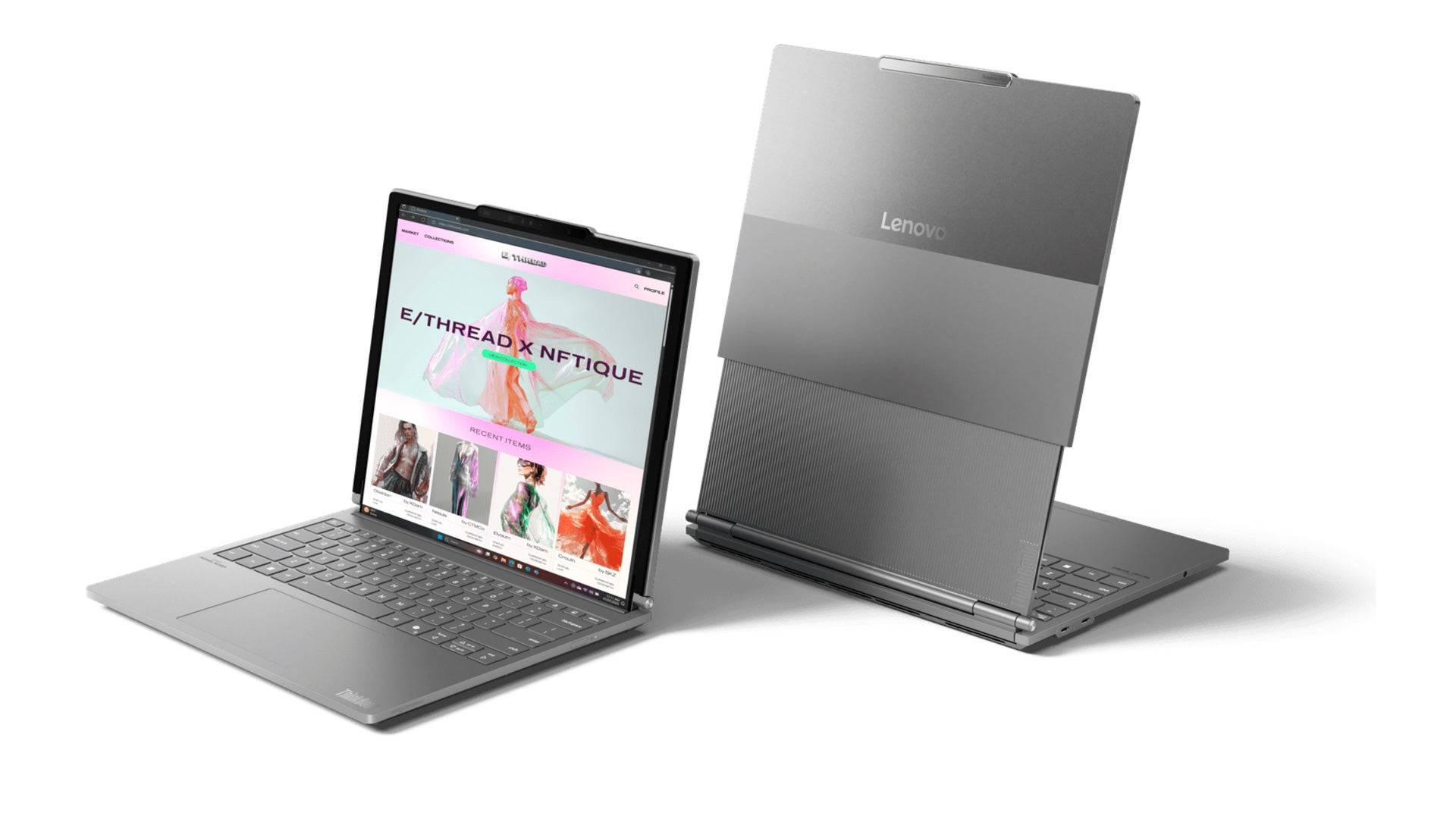CES 2024 showcased a plethora of gaming laptops, revealing key trends shaping the market. This report highlights the most significant developments.
Diverse Design Language
While gaming laptops have always offered diverse aesthetics, this year felt particularly pronounced. Manufacturers like Gigabyte and MSI are blurring the lines between productivity and gaming machines. High-end models now emphasize design features beyond raw hardware specs.
This translates to a wider range of styles. Sleek, professional designs like the Gigabyte Aero series cater to business settings, while others, such as the MSI Titan 18 HX AI Dragonforged Edition, boldly showcase their gaming pedigree through striking graphics.
 RGB lighting remains central, with innovative implementations such as wrap-around rings, illuminated keyboards, and even trackpad lighting. The Asus ROG Strix Scar series impressed with its AniME Dot Matrix LED display, capable of showcasing text and animations.
RGB lighting remains central, with innovative implementations such as wrap-around rings, illuminated keyboards, and even trackpad lighting. The Asus ROG Strix Scar series impressed with its AniME Dot Matrix LED display, capable of showcasing text and animations.
Expect a continuation of this trend, with novel designs supplementing the existing spectrum of form factors, from bulky powerhouses to slim and portable options.
 The Rise of AI Assistants
The Rise of AI Assistants
AI integration in laptops advanced significantly. Several vendors showcased AI assistants enabling PC control without dedicated software. One MSI demonstration highlighted an AI assistant automatically optimizing performance settings based on the selected game.
However, the practical benefits remain uncertain. While seemingly designed for offline operation, the speed advantage over manual adjustments wasn't immediately apparent. Further evaluation is needed to determine the actual utility and capabilities of these AI assistants.
Mini-LED, Rollable Screens, and Other Innovations
Mini-LED technology is gaining traction in gaming laptops. Asus, MSI, and Gigabyte all displayed Mini-LED models with high-end specifications and pricing. These laptops boast over 1,100 local dimming zones, resulting in superior contrast, brightness, and color accuracy compared to previous iterations. While OLED still holds an edge in contrast, Mini-LED's lack of burn-in risk and higher sustained brightness make it a compelling alternative.
Other notable innovations include the return of the ASUS ROG Flow X13 with eGPU support via USB4, eliminating proprietary connections. Asus showcased its compatibility with a new eGPU offering up to an RTX 5090.
 Lenovo's ThinkBook Plus Gen 6 Rollable, though not strictly a gaming laptop, stands out as the first commercially available notebook with a rollable OLED display. Its expandable screen offers increased screen real estate, albeit with potential durability concerns as a first-generation product.
Lenovo's ThinkBook Plus Gen 6 Rollable, though not strictly a gaming laptop, stands out as the first commercially available notebook with a rollable OLED display. Its expandable screen offers increased screen real estate, albeit with potential durability concerns as a first-generation product.
The Ultrabook Gaming Phenomenon
Ultrabooks are increasingly prevalent in gaming lineups. Major manufacturers offer thin, light, and premium gaming Ultrabooks, prioritizing portability and minimalist aesthetics. Gigabyte's revamped Aero series exemplifies this trend.
These Ultrabooks provide a compelling option for gamers who don't require maximum settings on the latest titles. They offer excellent portability and productivity capabilities. The ability to add dedicated graphics cards, as demonstrated by the Asus TUF Gaming A14, further enhances their versatility.
 Furthermore, the performance of modern integrated graphics from AMD and Intel, combined with technologies like AMD FidelityFX Super Resolution and Intel XeSS, allows for playable frame rates in many games, even without a dedicated GPU. Cloud gaming services like Xbox Cloud Gaming and Nvidia GeForce Now offer additional alternatives.
Furthermore, the performance of modern integrated graphics from AMD and Intel, combined with technologies like AMD FidelityFX Super Resolution and Intel XeSS, allows for playable frame rates in many games, even without a dedicated GPU. Cloud gaming services like Xbox Cloud Gaming and Nvidia GeForce Now offer additional alternatives.
The gaming laptop landscape is evolving rapidly. The trends highlighted above represent just a snapshot of the exciting developments to come.



















